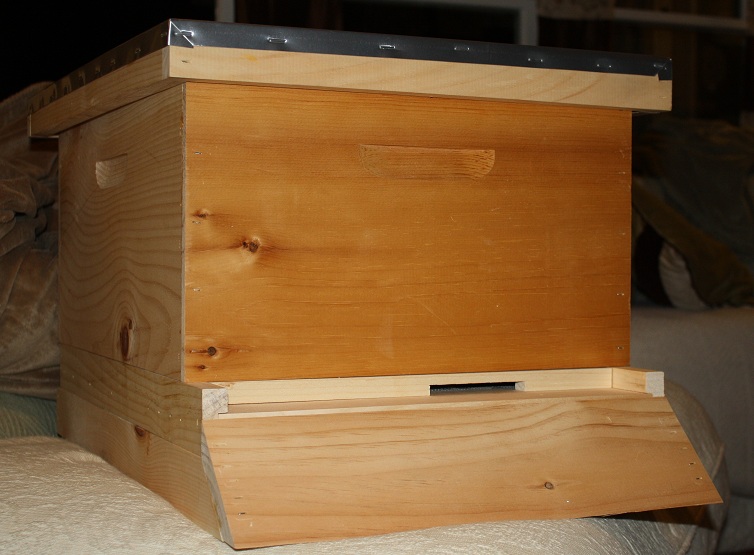
I’ve decided to expand the Tar Heel Red home this spring. I had originally wanted to build a chicken coop but mamma put the kibash on that deal. So, instead, I’ve ordered two simple bee hives. And they have arrived.
Right now they are “naked”. I have to paint ’em and then, when the season warms, add the wax foundation to frames to insert into that box. The box, by the way, is called a “deep” and will house the honey and the eggs of the new hive. If all goes well, I’ll have to order a second “deep” to allow the hive to grow and feed itself.
Next spring, God willing, the hive will be strong enough and well established to allow me to add further “supers” that are used to harvest honey. I’m told that some hives are strong enough to allow the bee keeper to harvest honey the first year, but I’m patient and will be happy to make it through the year.
I have two such hives, established keepers advised me that two hives are easier than one because a fella can see what happens easier with two. This doesn’t ring true to me, but I’m the rookie so two it is.
Paint will hit wood in the coming week and bees will move in late April.
I can’t wait.
Posted in Fun, Life
Tagged Apiary, Bees, Honey


